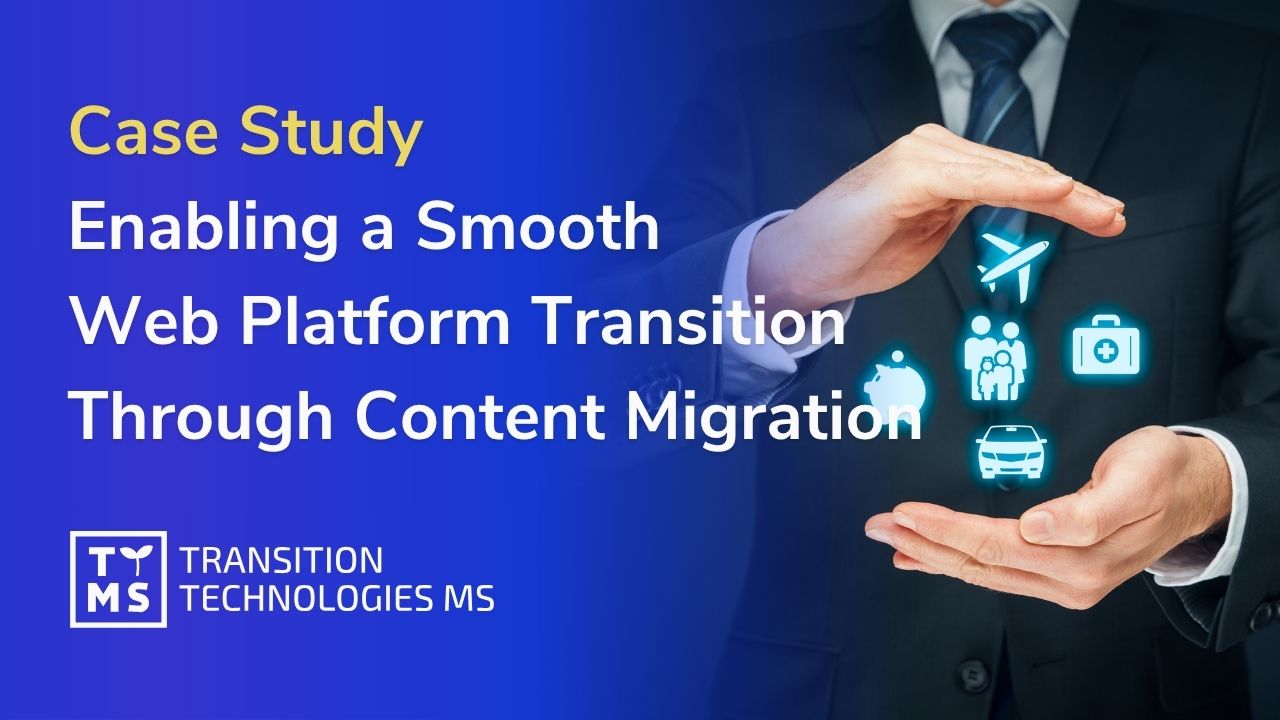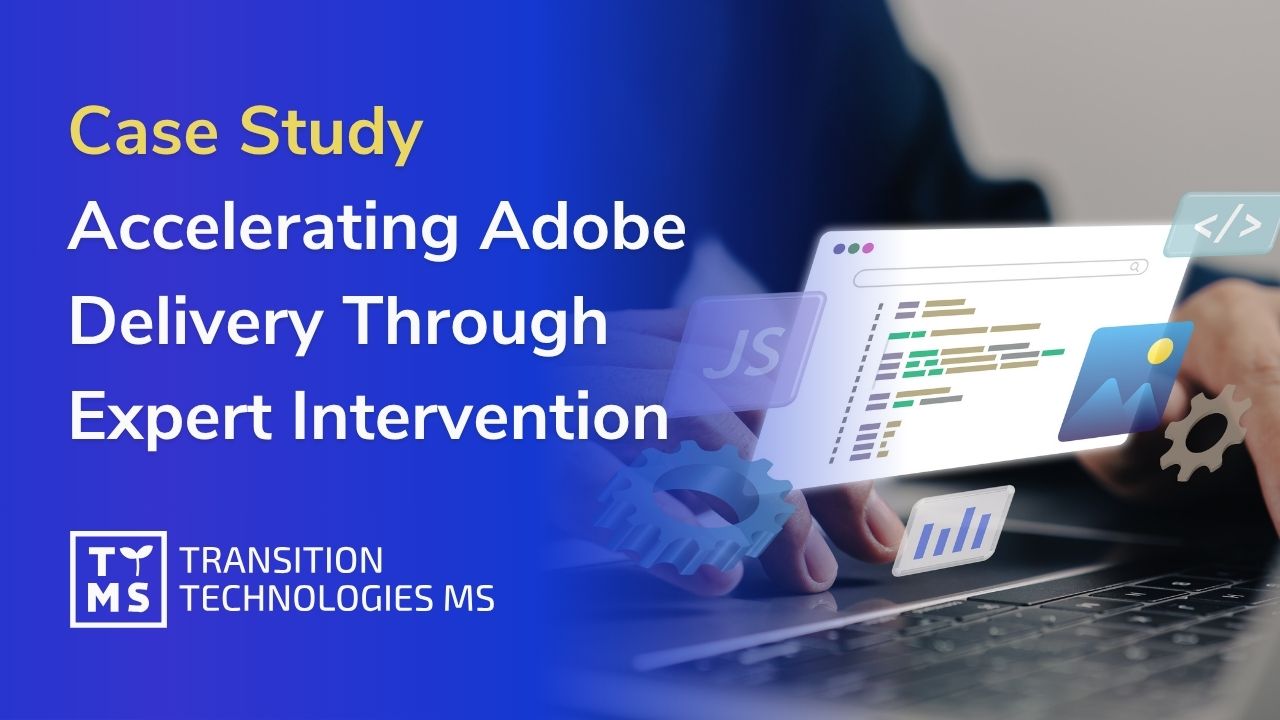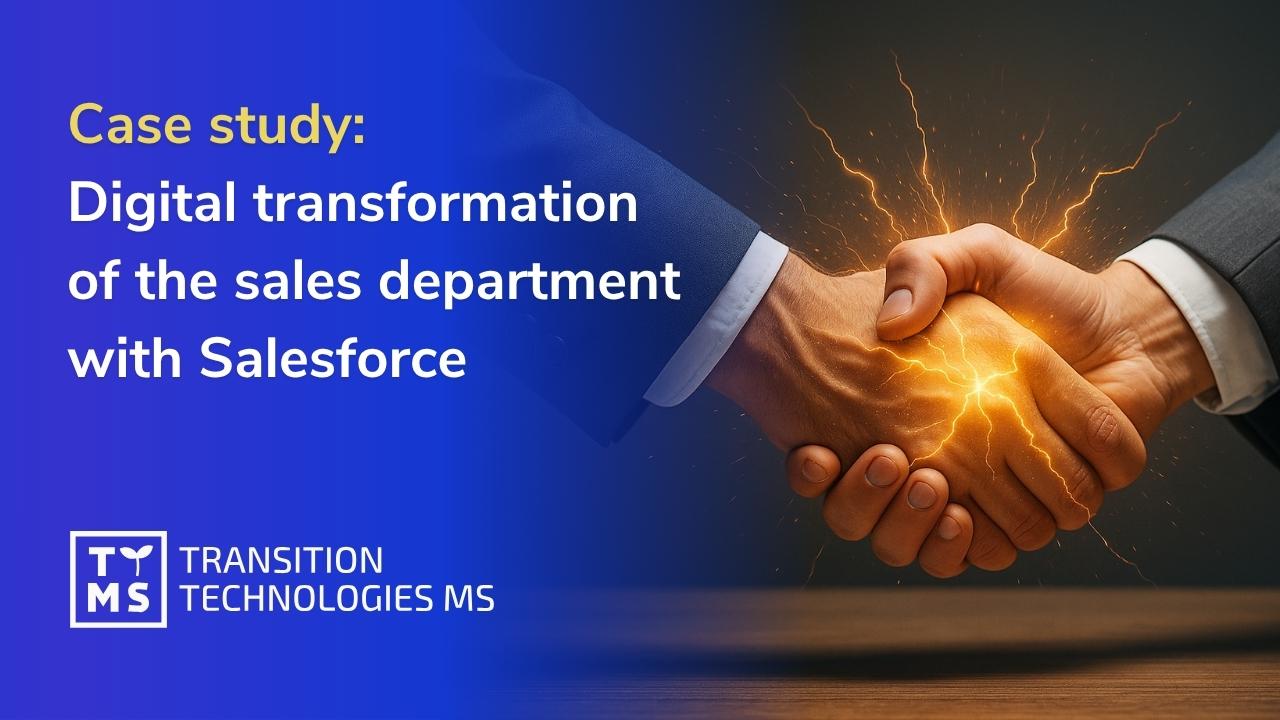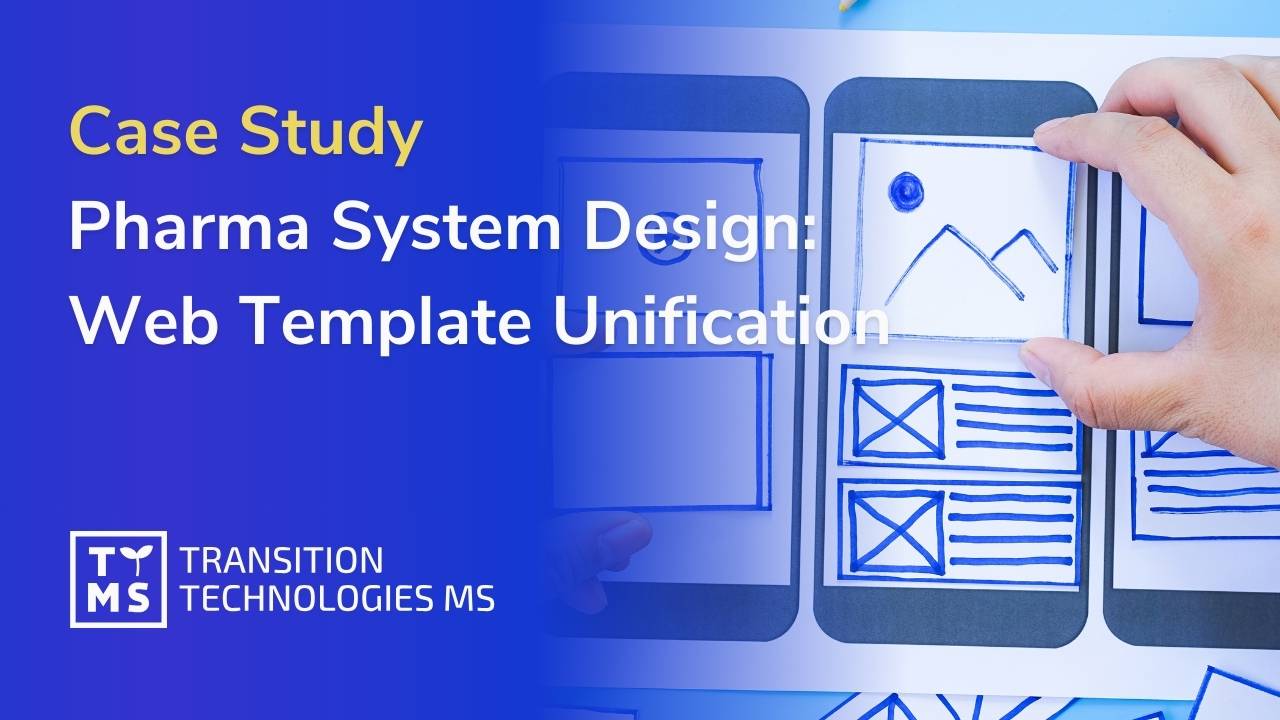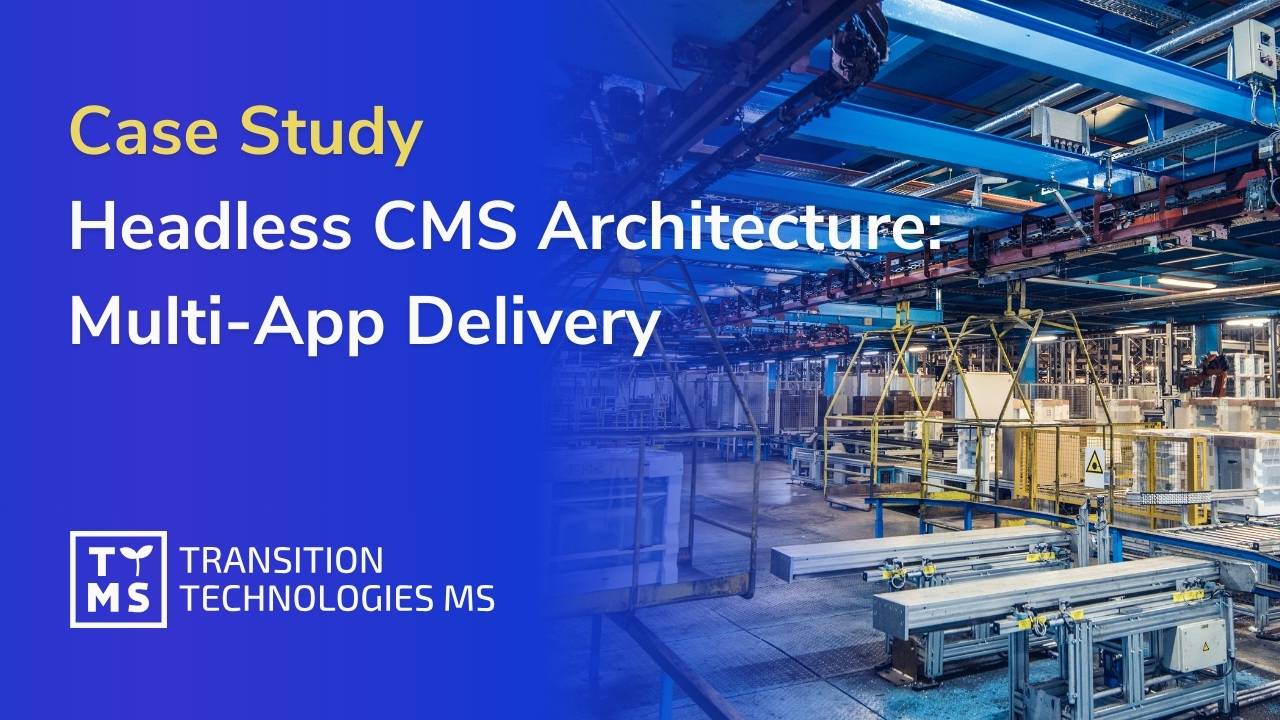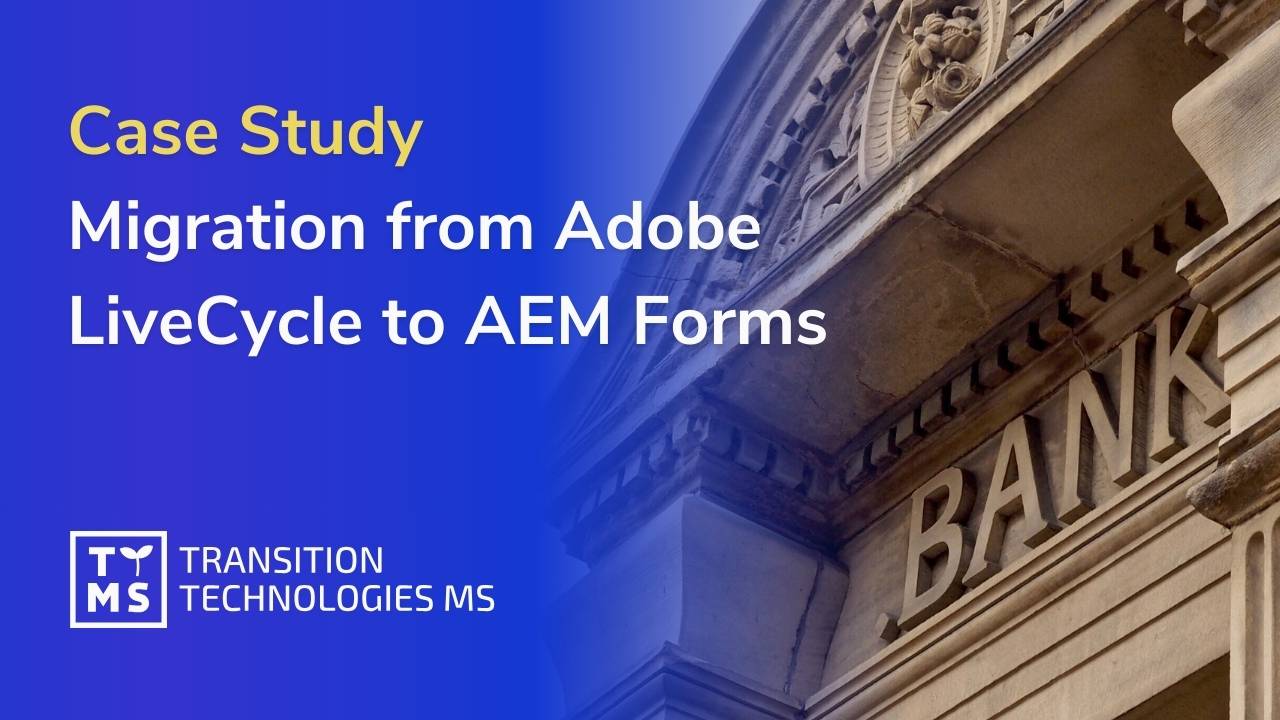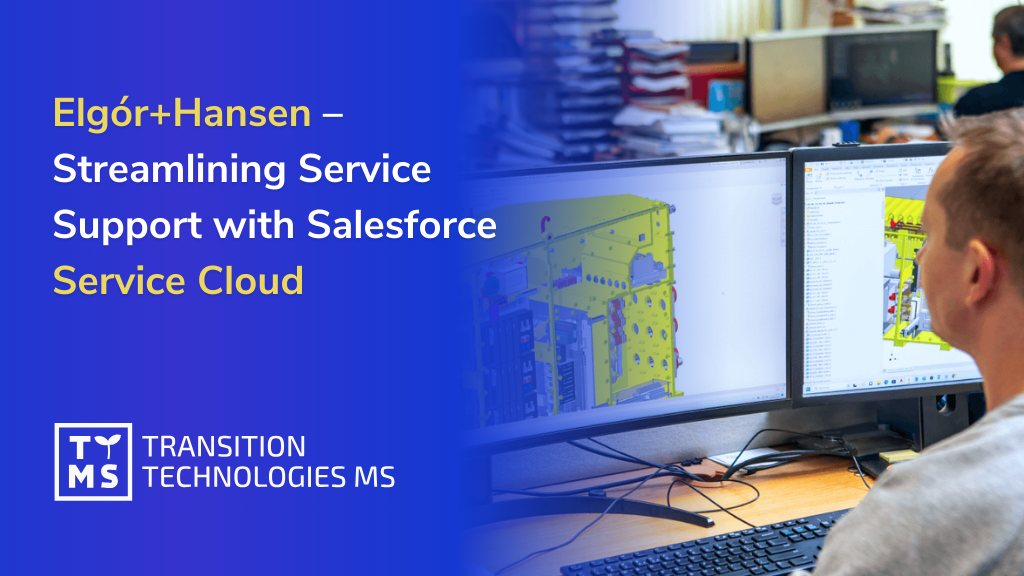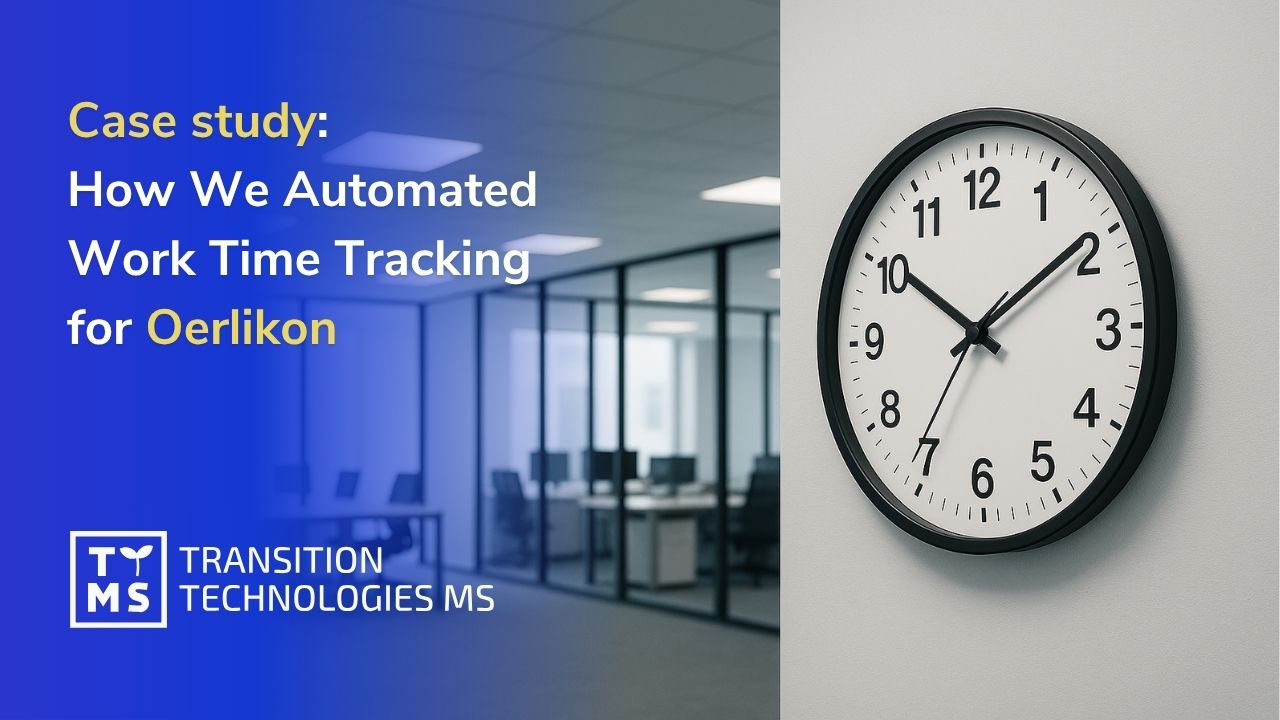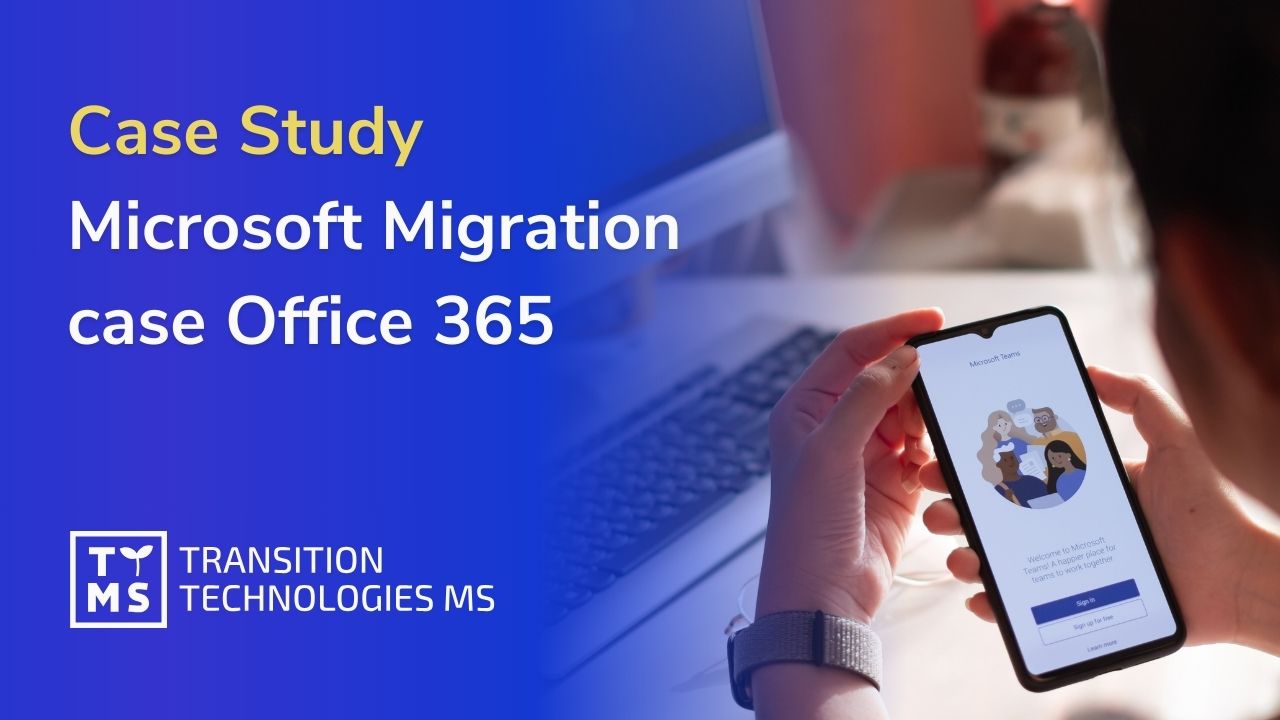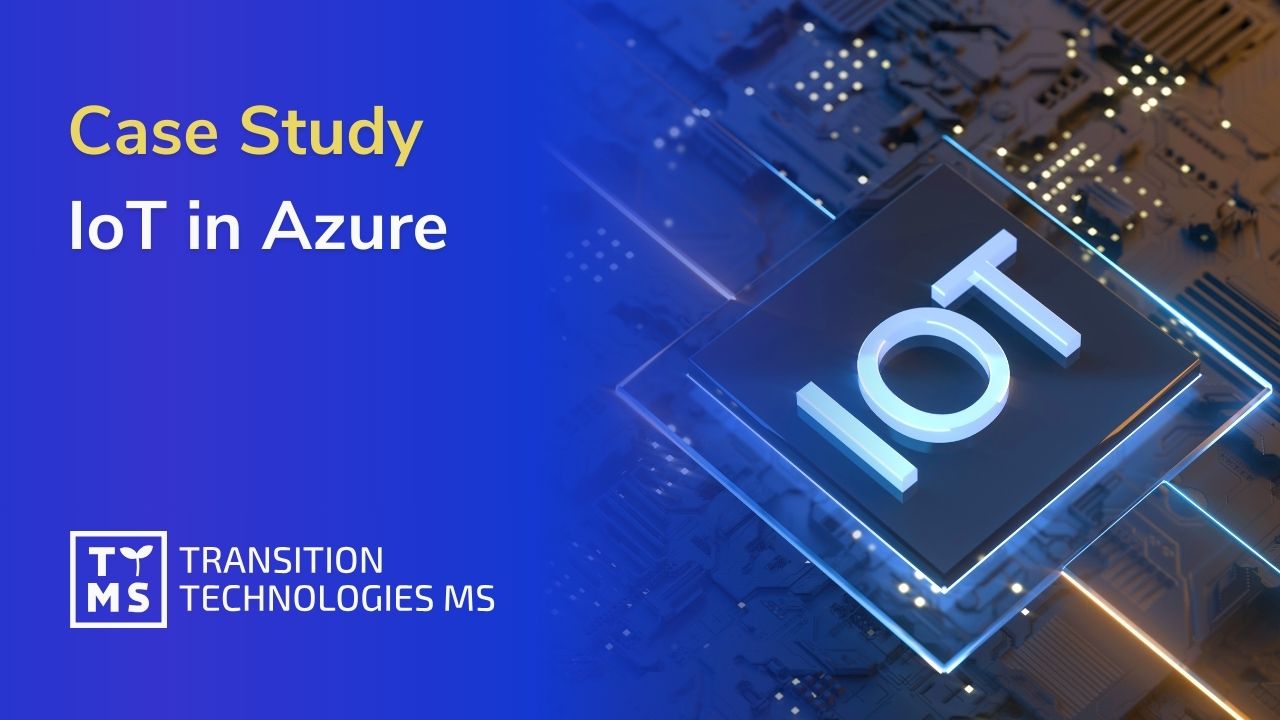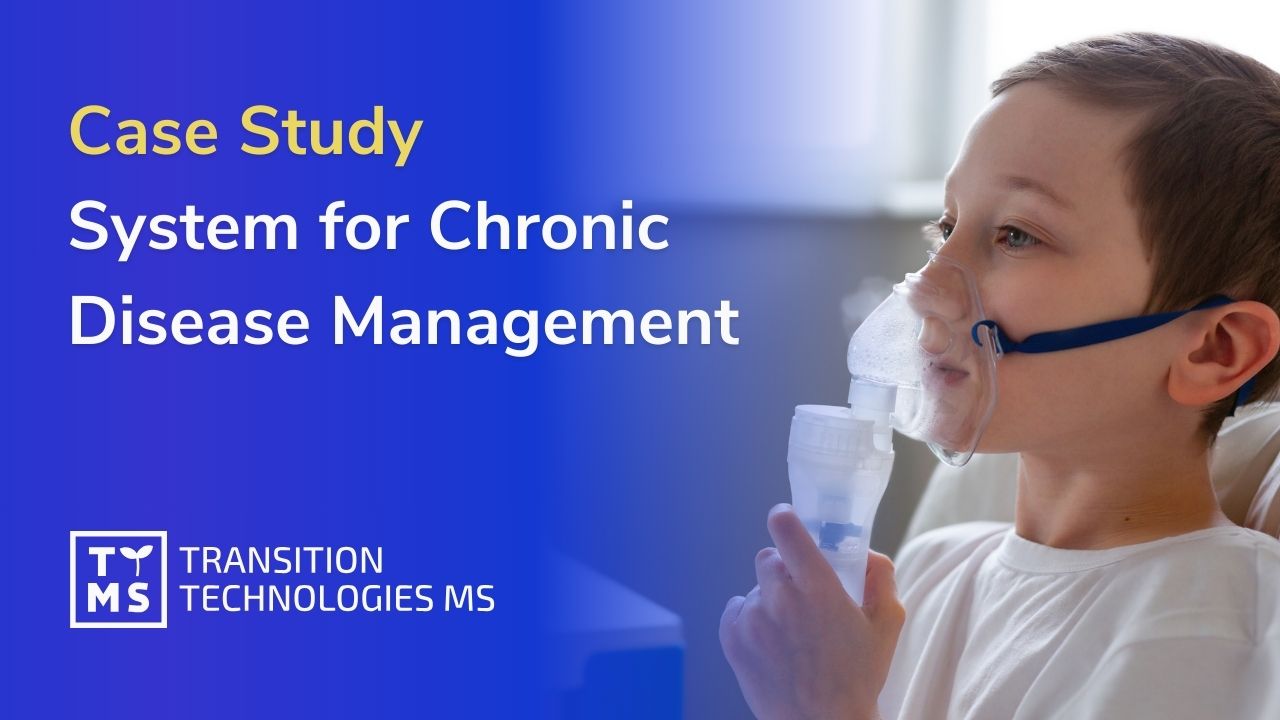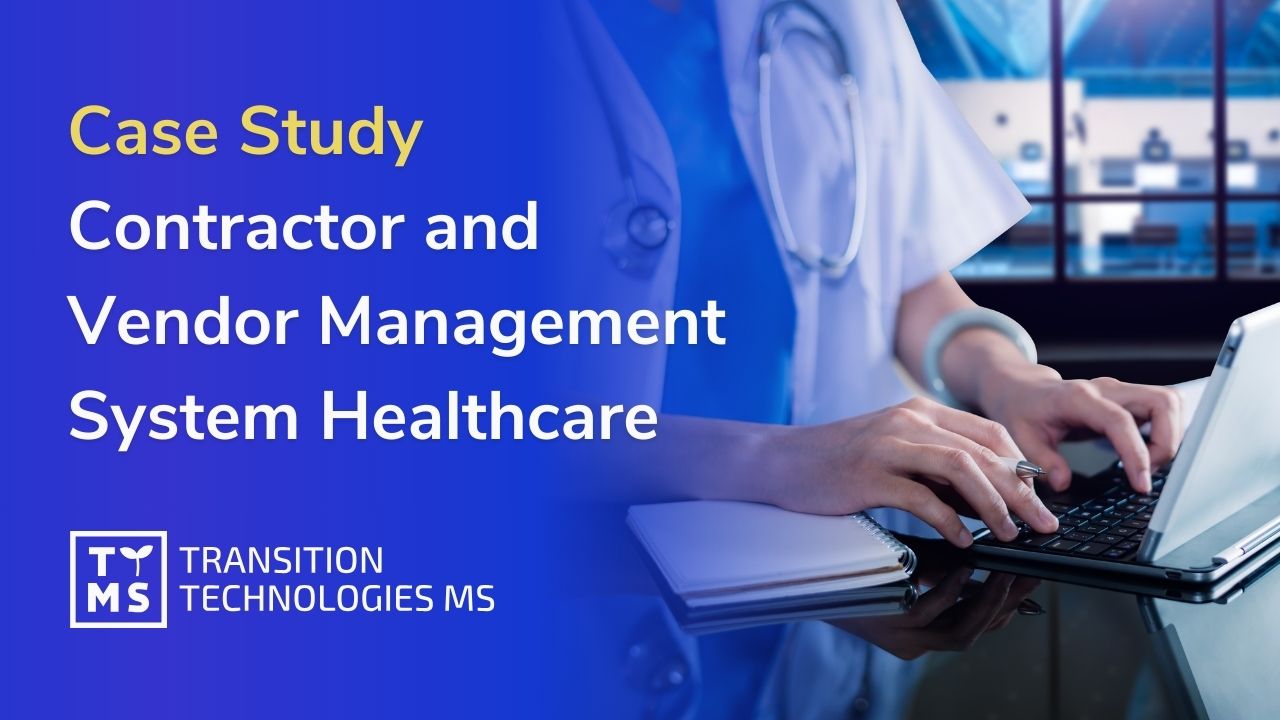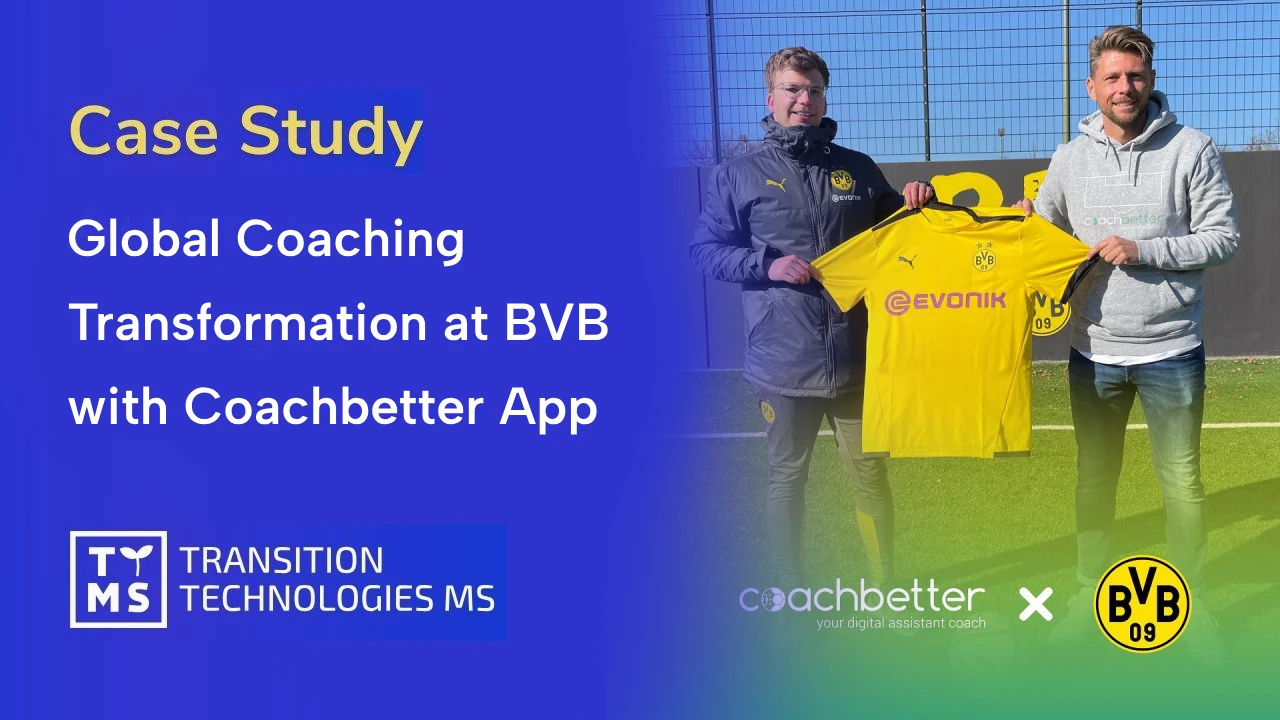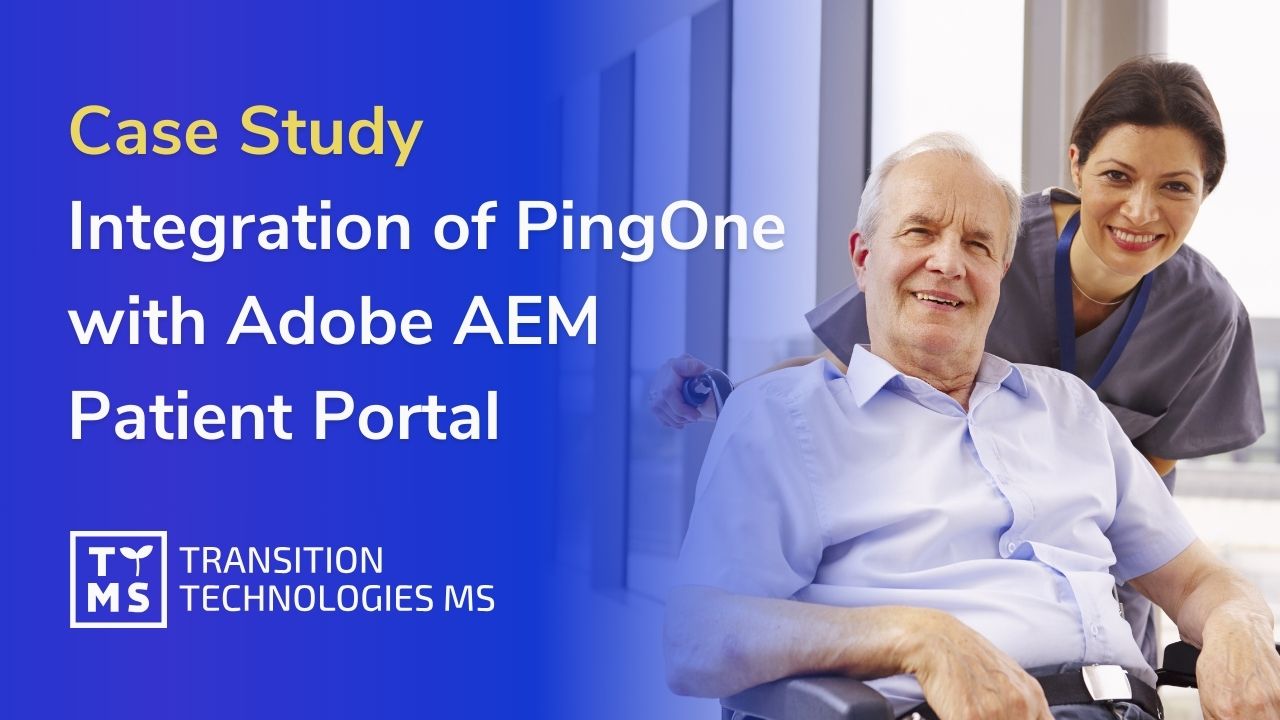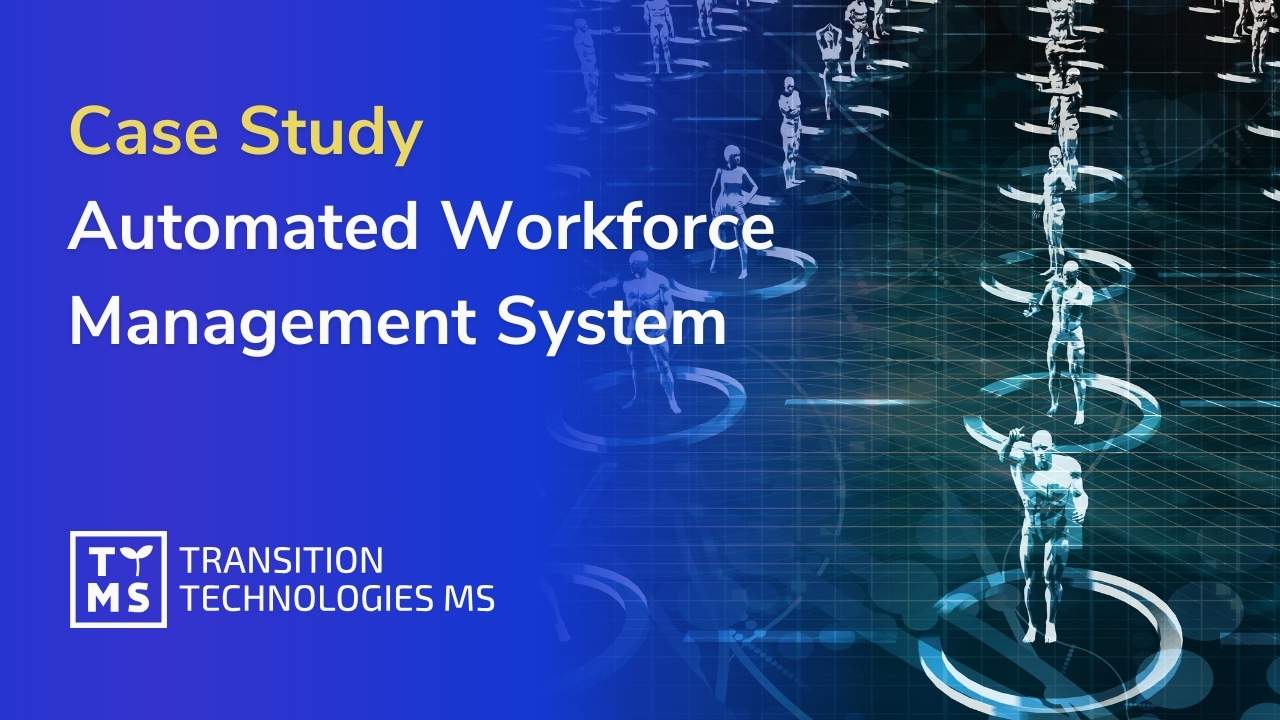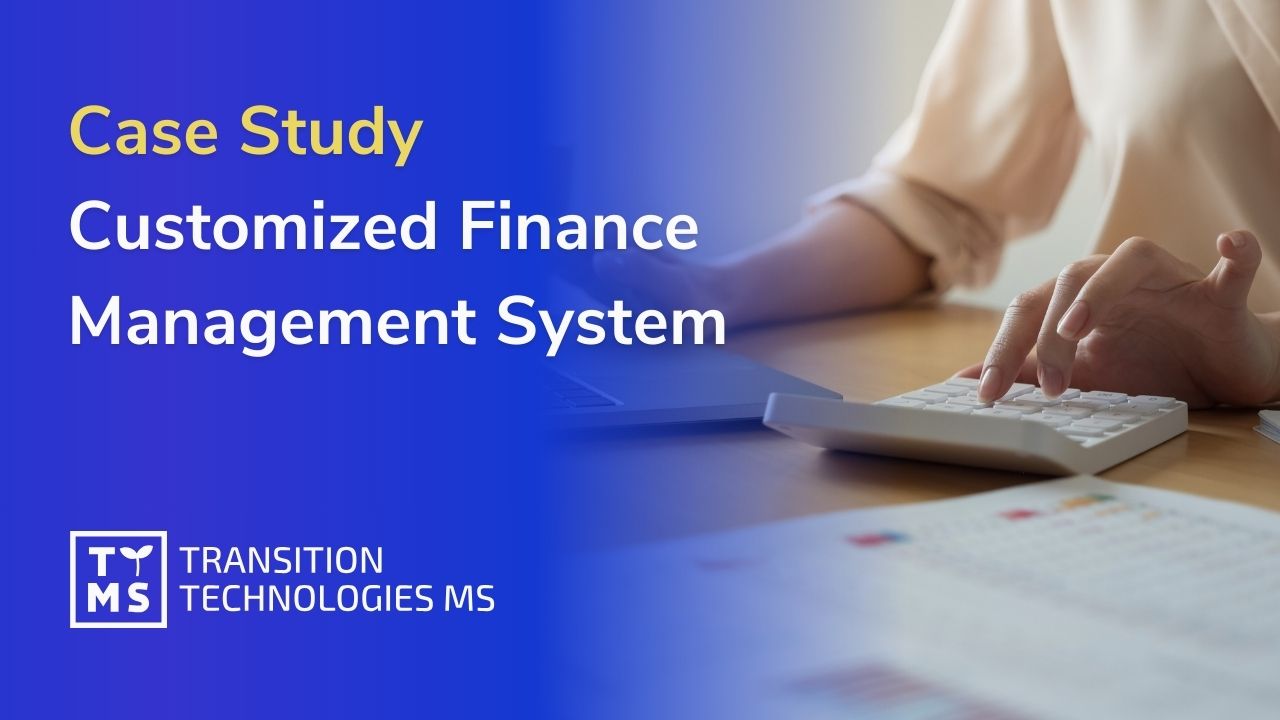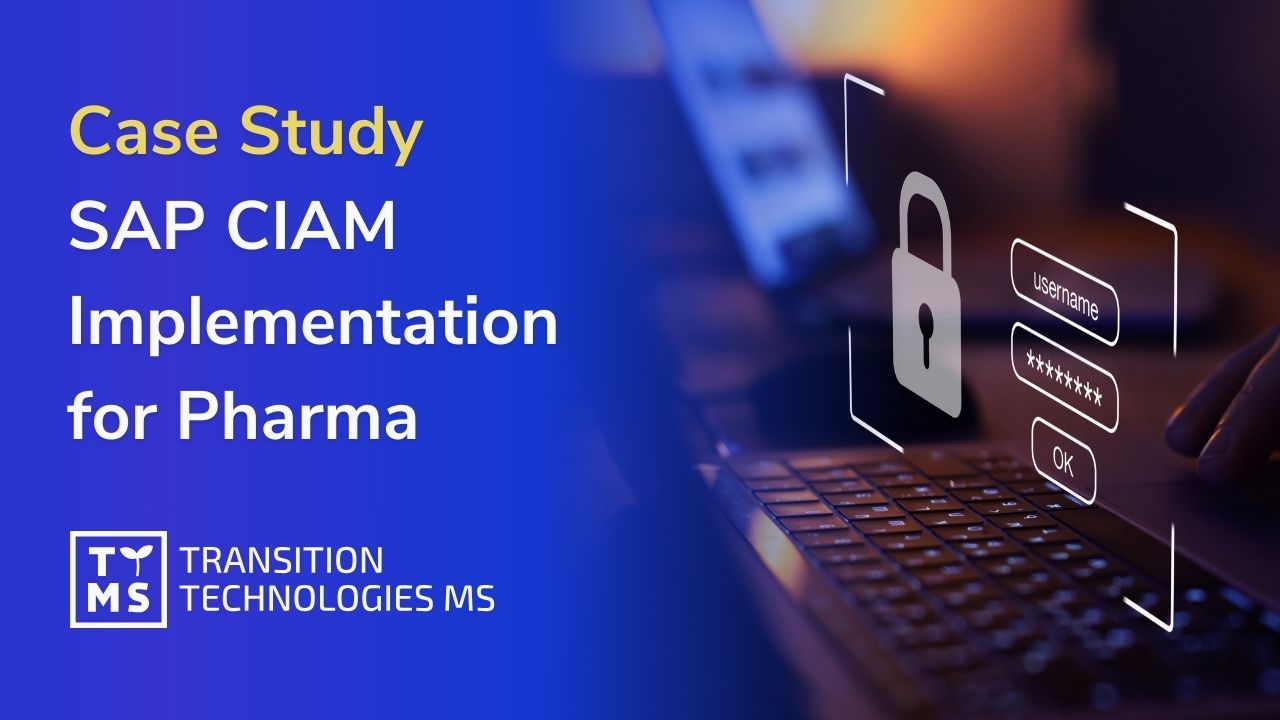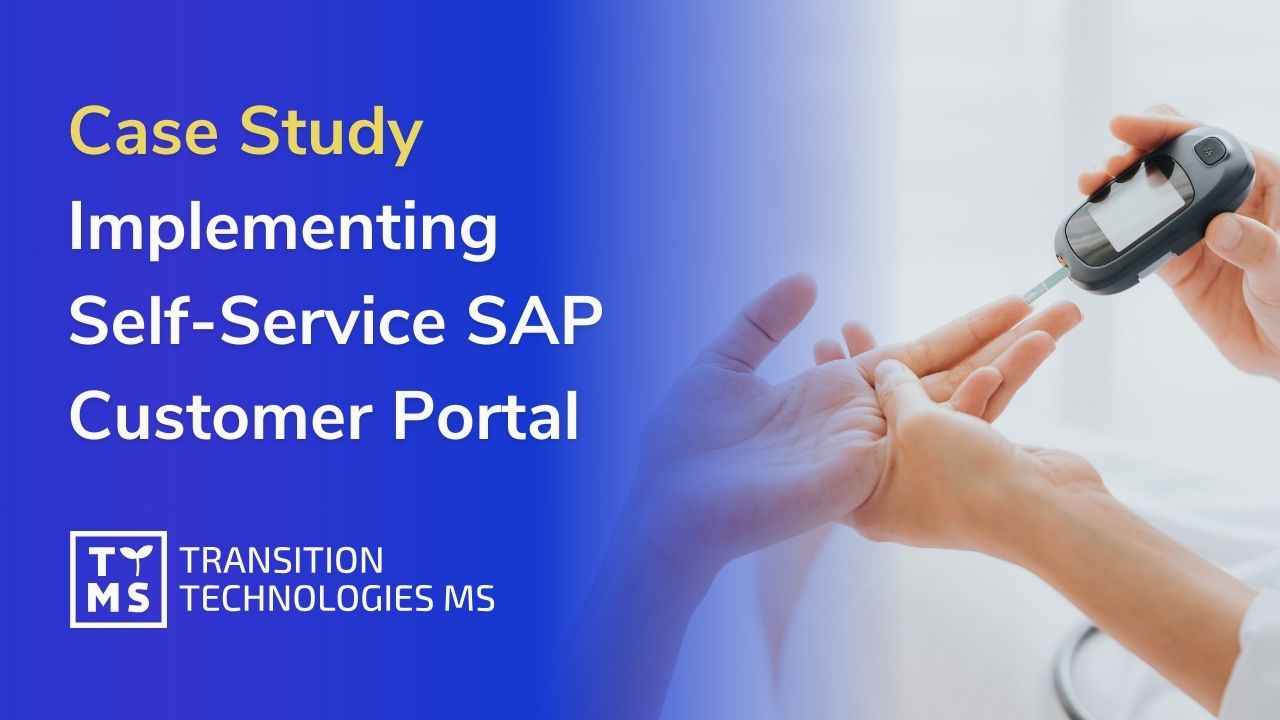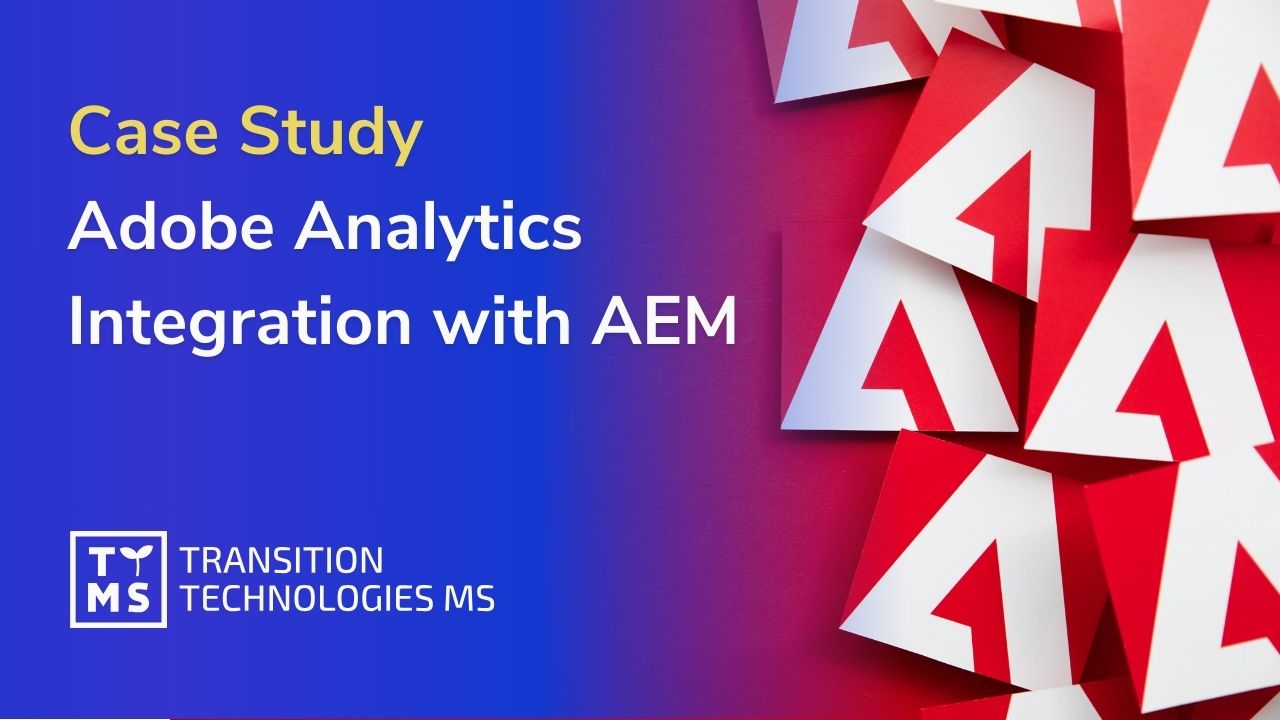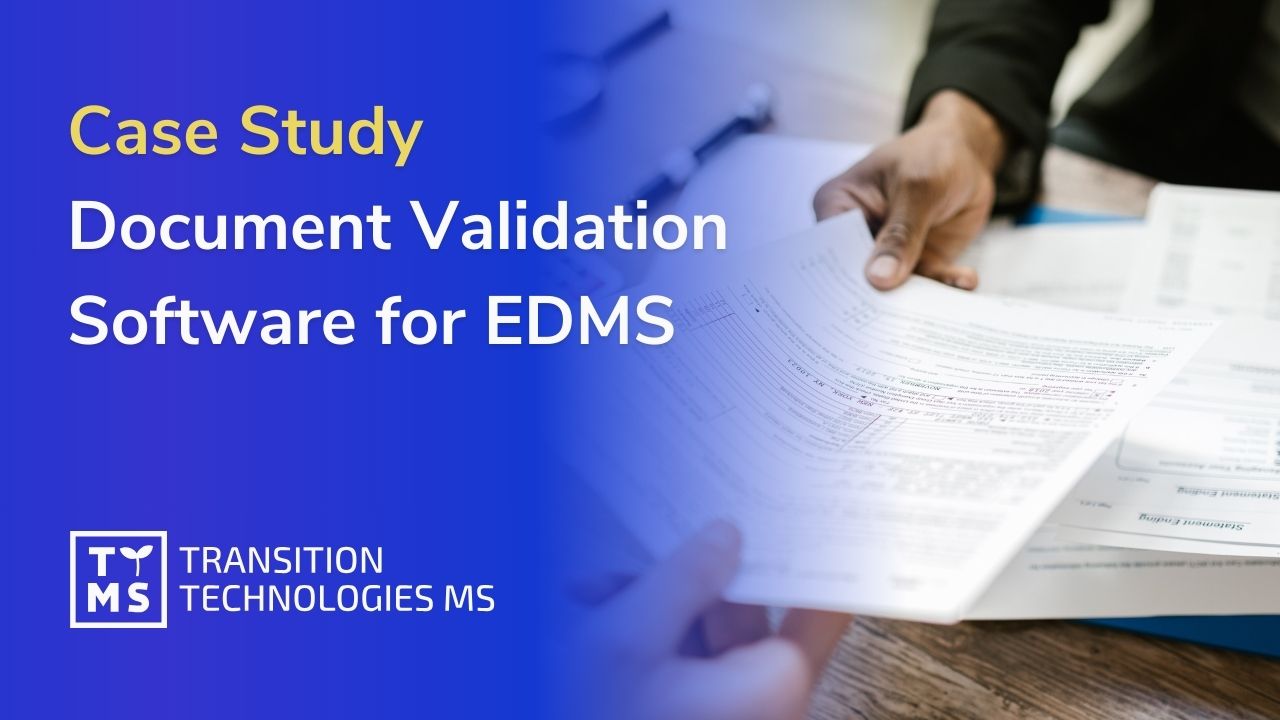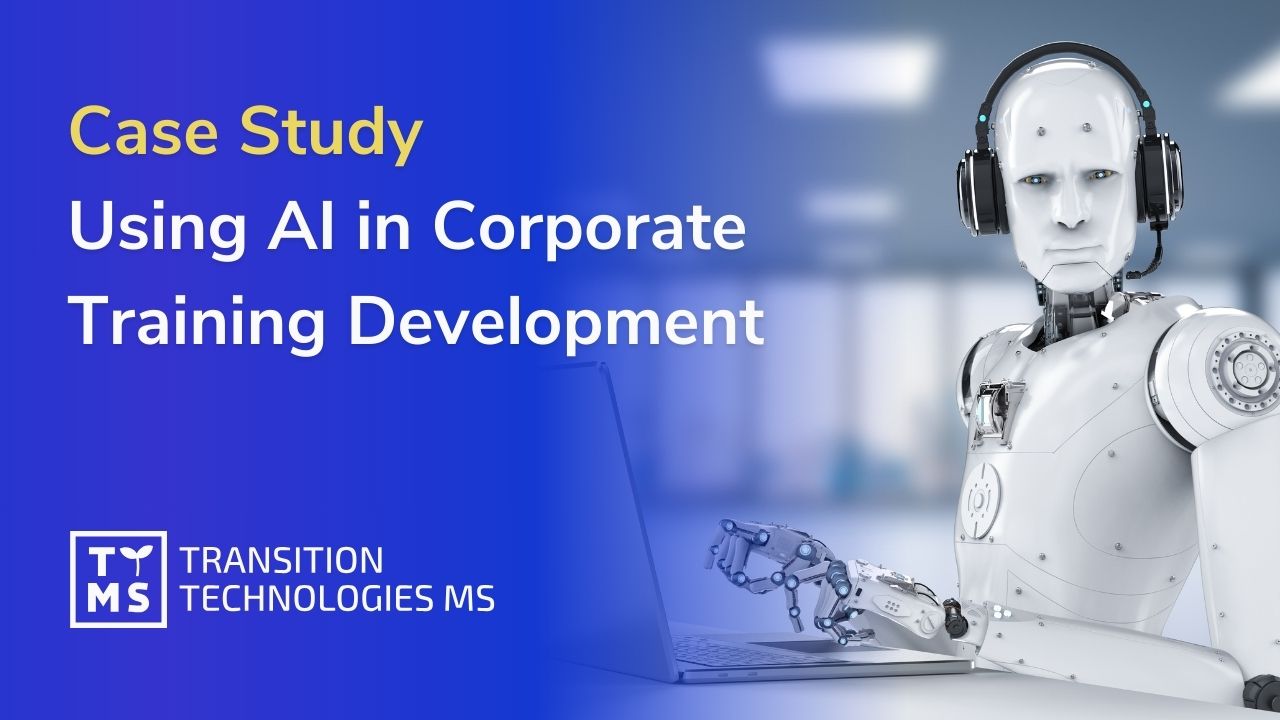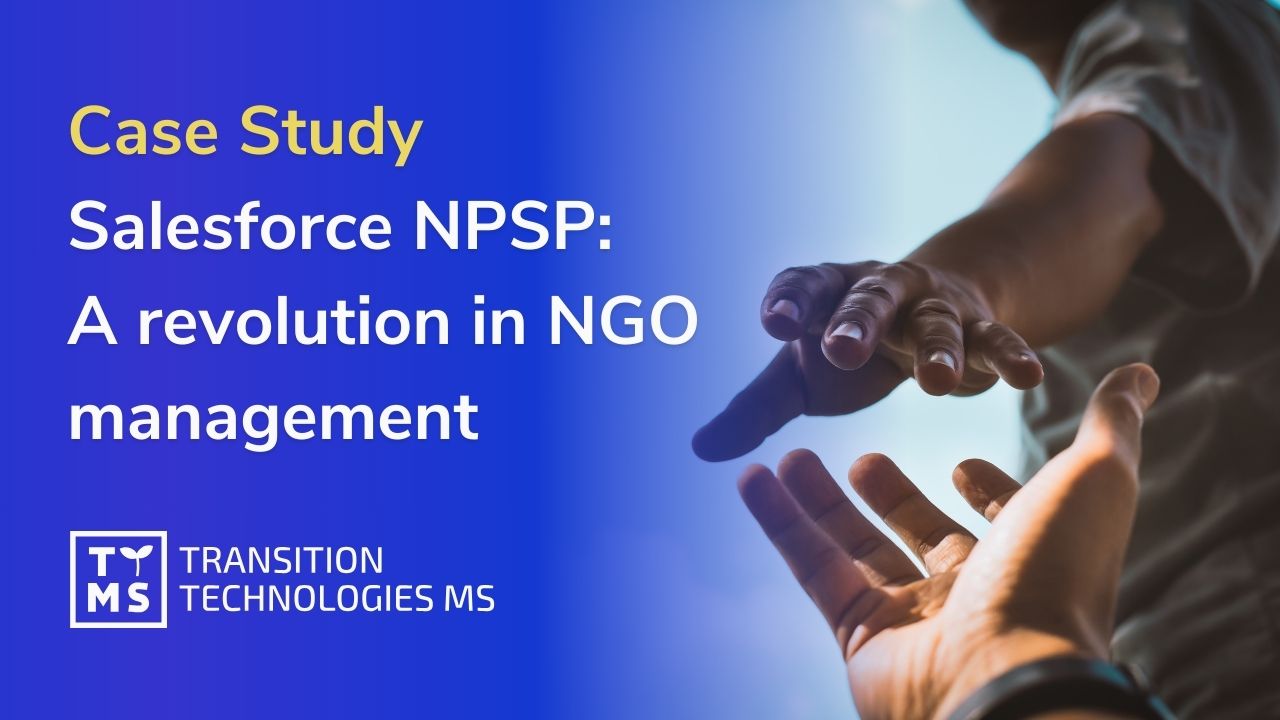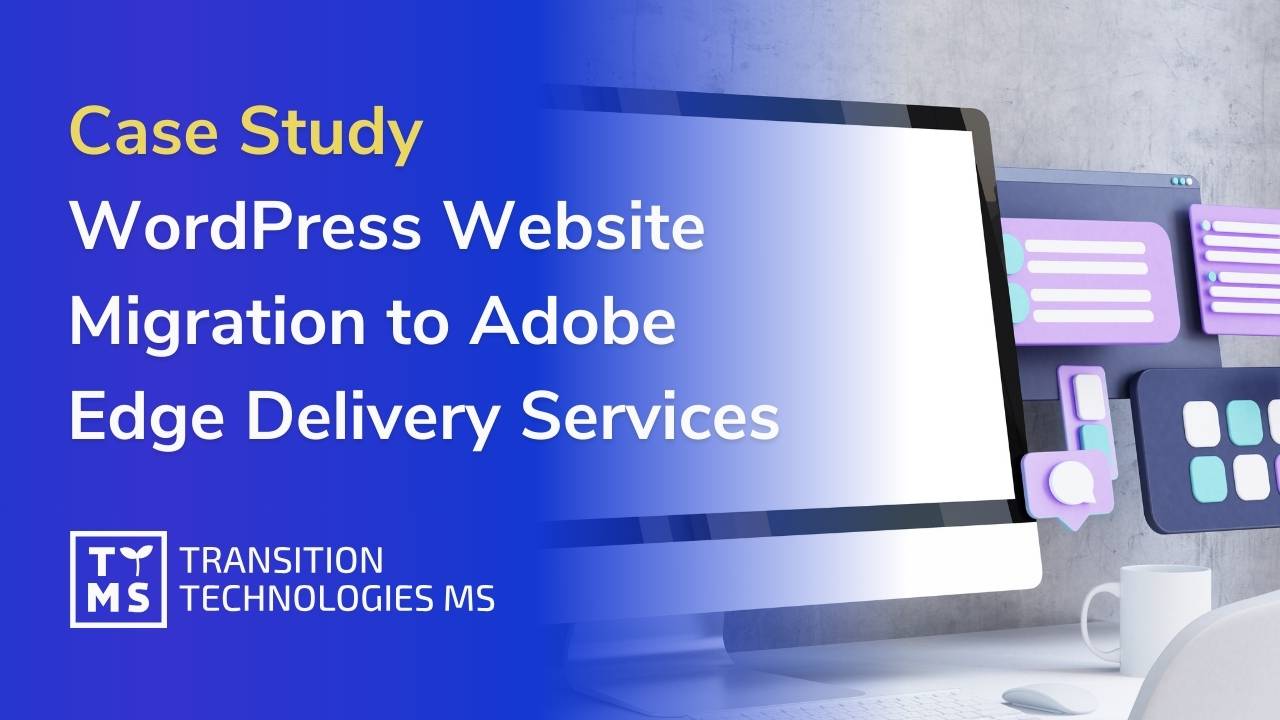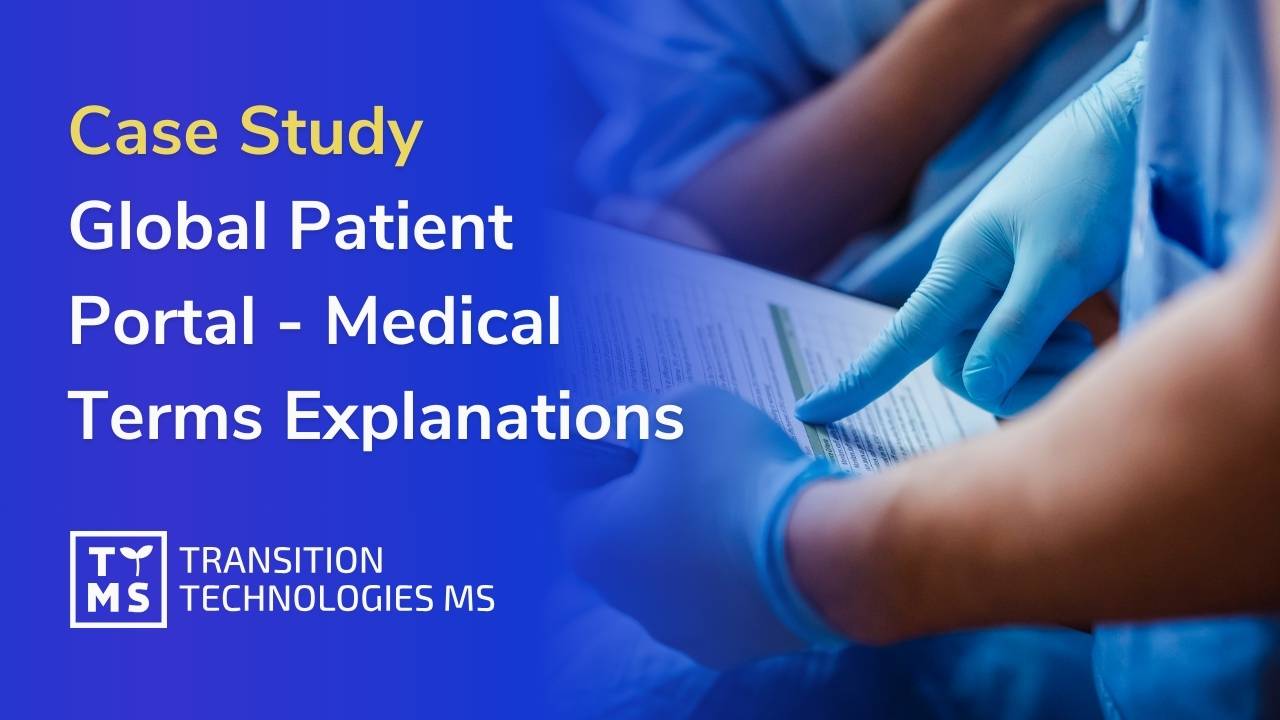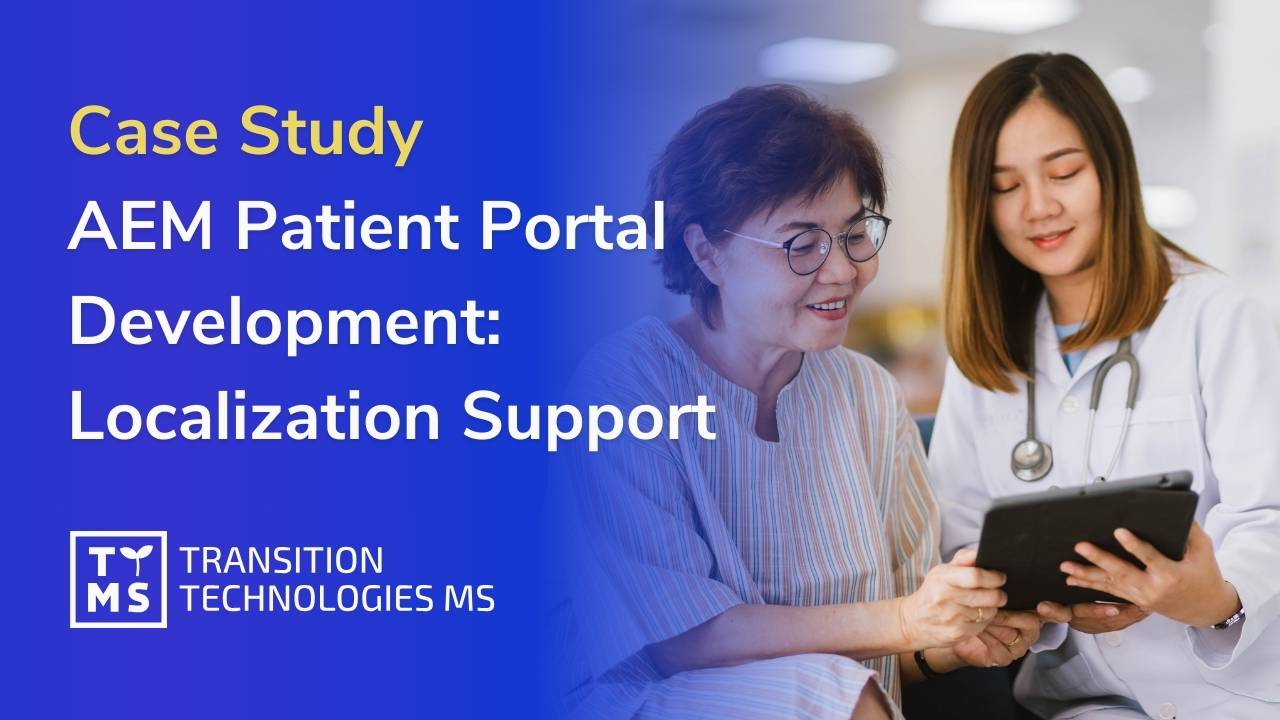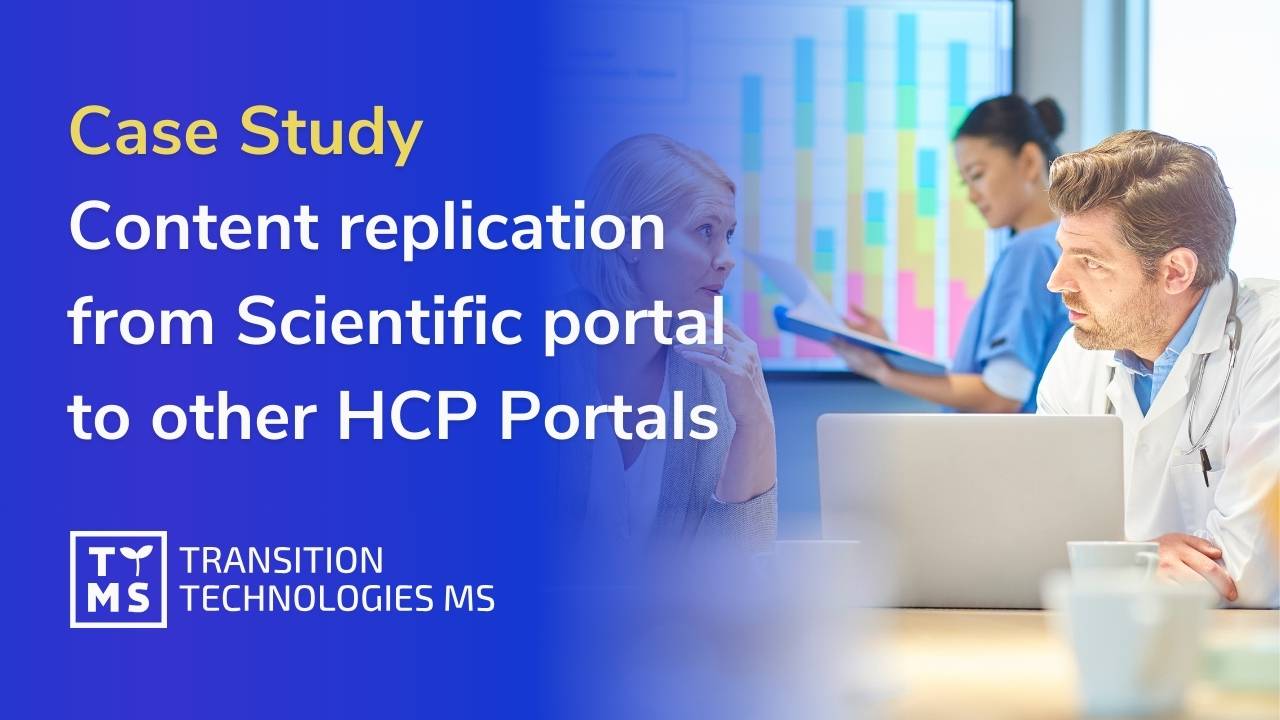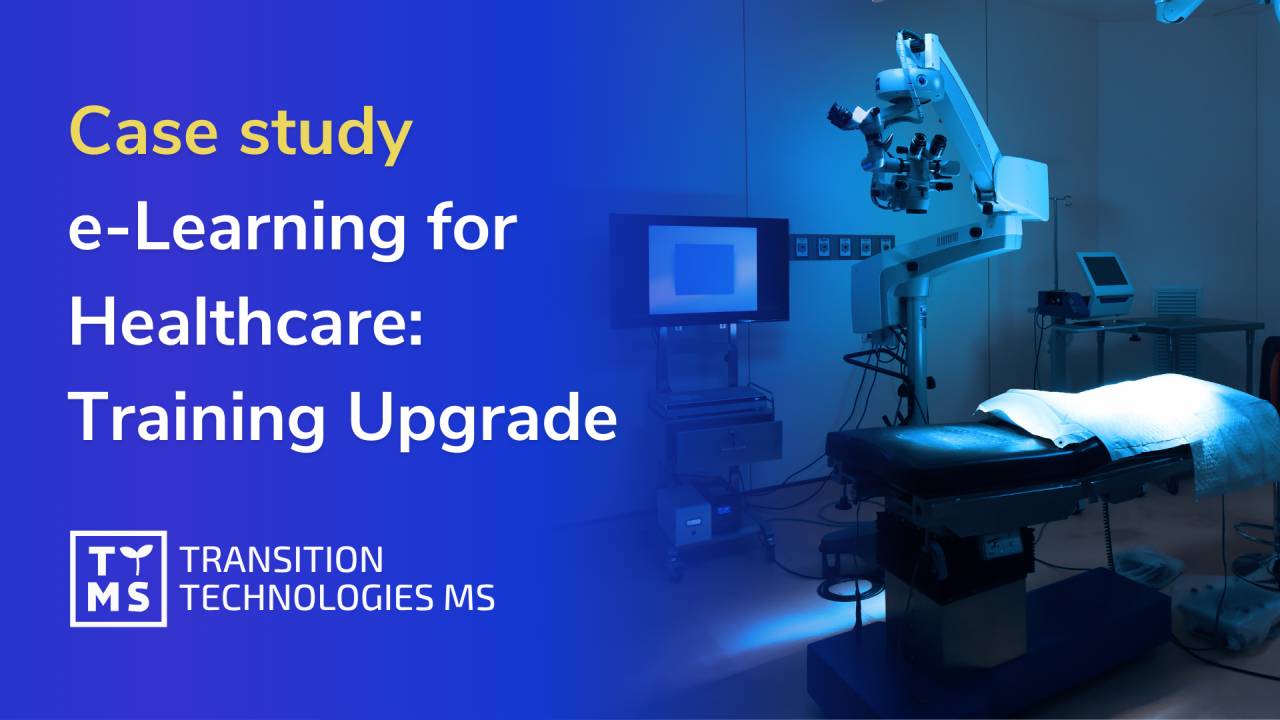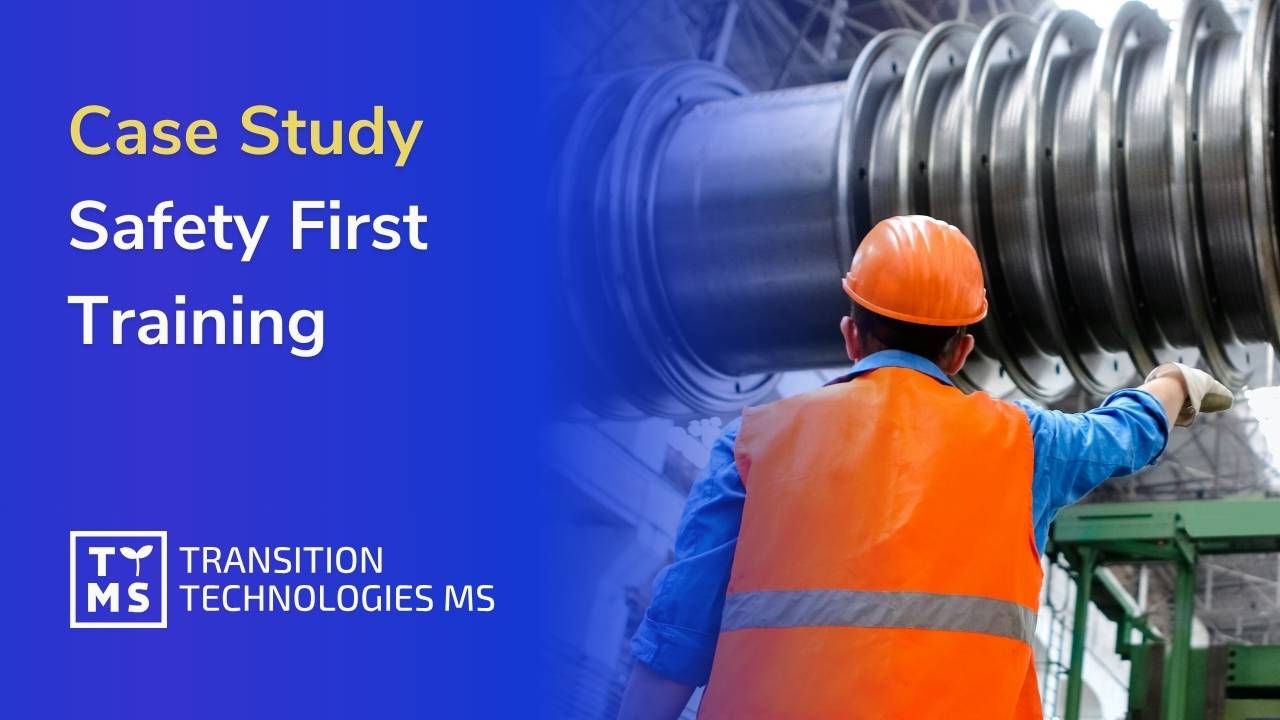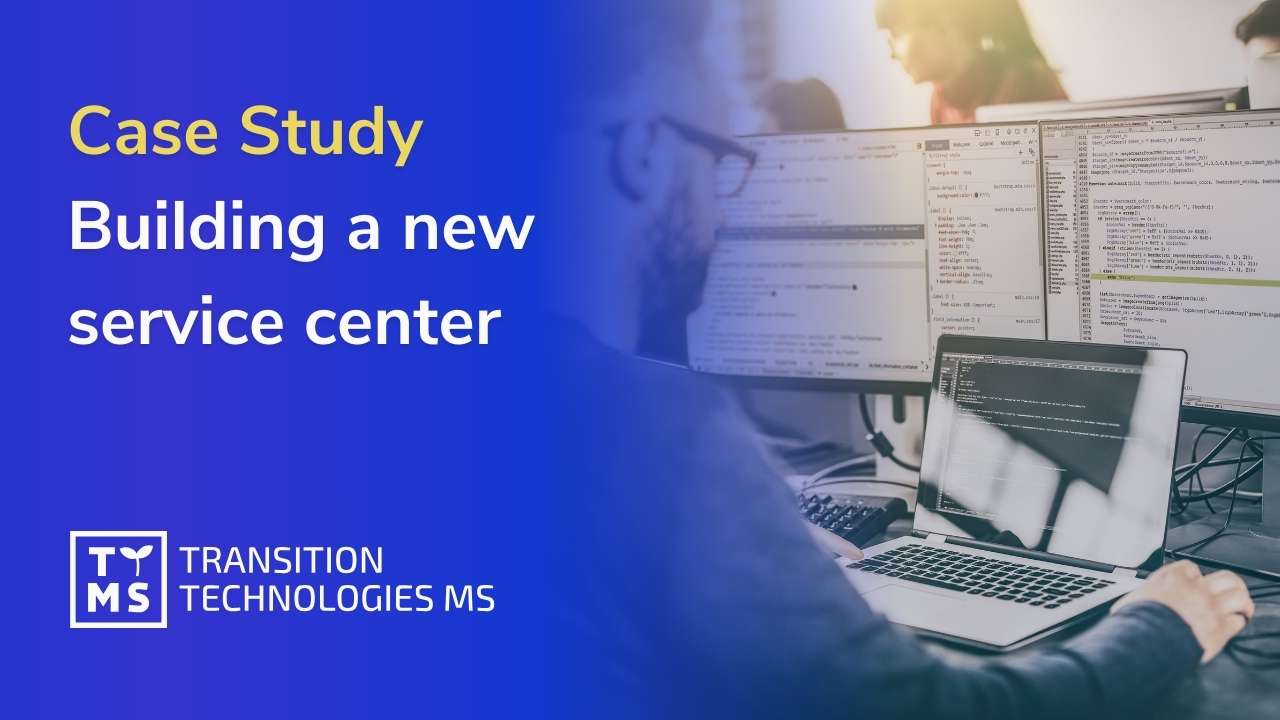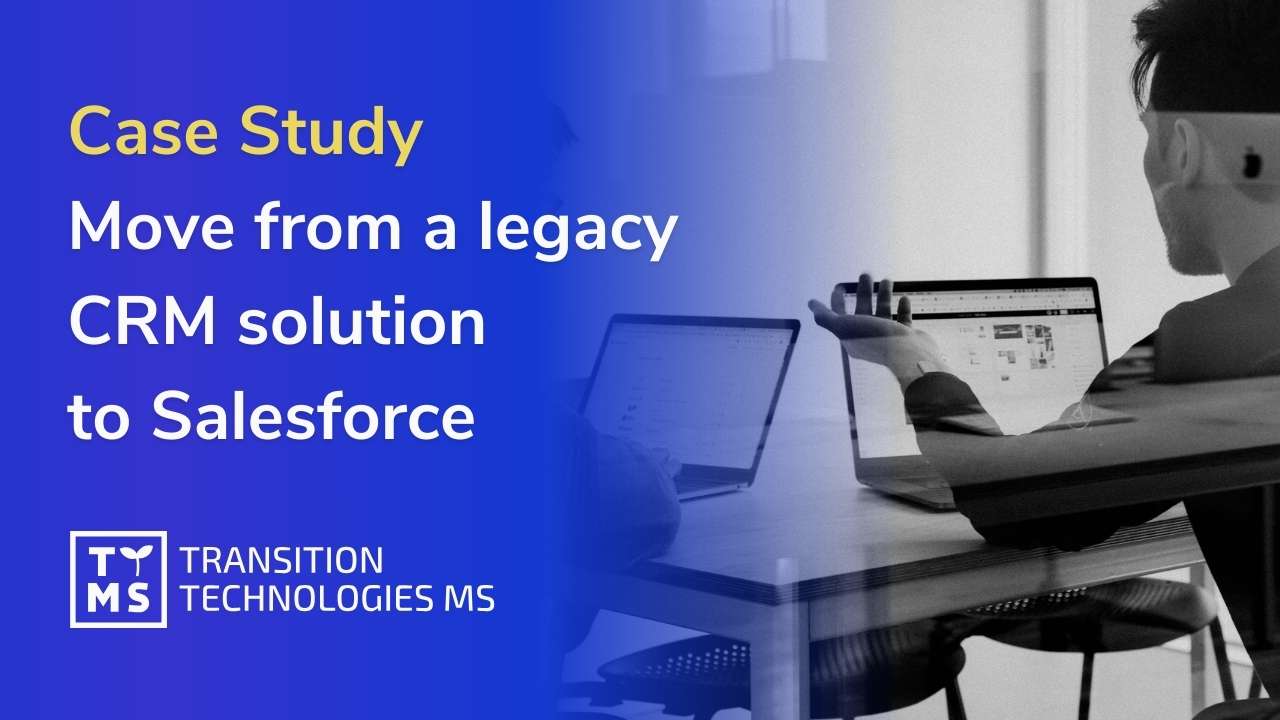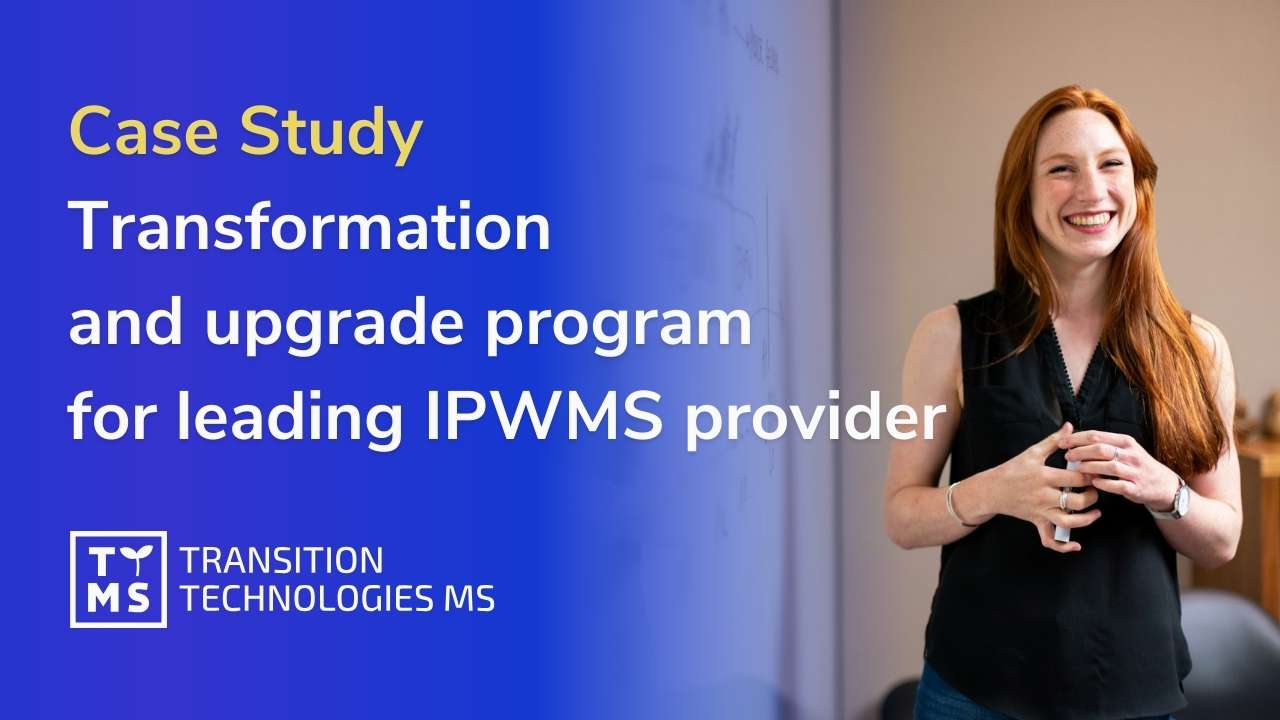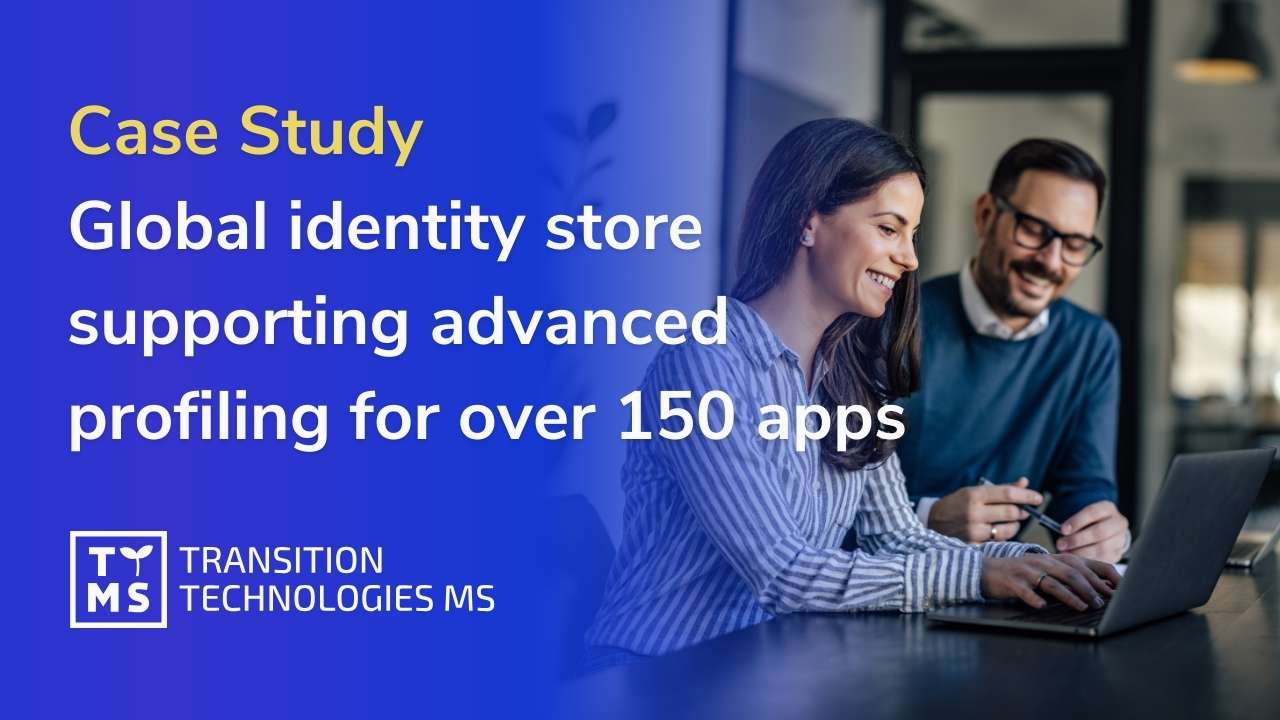
AEM Patient Portal Development Case Study – Patient Localization Support
In the rapidly evolving landscape of healthcare, patient portals have become indispensable tools for providing individuals with convenient access to their medical information. However, a common challenge faced by patients globally was the lack of localized guidance within these portals. This Patient Portal Development Case Study delves into the development of a comprehensive solution, the patient portal, addressing the need for location-based associations and information access for patients suffering from various pathologies.
Outcome
The implementation of the patient portal yielded several positive outcomes, significantly improving patient engagement and access to local healthcare associations:
Associations Displayed Based on Search Input:
- Users could now find associations specifically tailored to their pathology and location.
- The search algorithm ensured that relevant results were displayed, streamlining the user experience.
User-Friendly Card Format:
- The card format presented information in a visually appealing and accessible manner.
- Users could quickly scan through the cards to identify associations matching their criteria.
Detailed Information for Informed Decisions:
- The inclusion of location pins on maps, contact information, and website links empowered patients with comprehensive details.
- Users could confidently choose associations based on their preferences and needs.
Efficient Navigation and Localized Access:
- The internal browser streamlined the navigation process, eliminating the need for users to search for associations externally.
- Patients could access localized information seamlessly within the patient portal itself.
Are you interested in our Pharma Software Development Services? Explore our offer.
Conclusion
In this Case Study on Patient Engagement Portal Platform Development the development and implementation of the patient portal emerged as a groundbreaking solution to the challenges faced by patients seeking localized healthcare associations. By integrating an associations page with an internal browser and presenting results in an easily accessible card format, we successfully enhanced patient engagement and provided a good tool for individuals to connect with relevant healthcare providers.
As patient portals continue to evolve, the integration of localized features will remain a key focus. The patient portal serves as a prime example of how technology can be harnessed to not only provide medical information but also connect patients with the resources and associations they need for a holistic healthcare experience.
In conclusion, this Case Study in Patient Portal Software Development highlights the success of our patient engagement portal solution in addressing the challenges of patient localization. The patient portal stands as a testament to the positive impact of innovative healthcare solutions, showcasing how technology can be a catalyst for improving patient outcomes and experiences on a global scale.
If you want to learn more, explore our other Case Study in Patient Engagement Portal Development.
Check other case studies
Ready to take your business to the next level?
Let’s talk about how TTMS can help.

Monika Radomska
Sales Manager


